SingaporeMotherhood | Parenting
April 2025
Forging a Path for Children who March to the Beat of a Different Drum: Janice Tay of Bridging The Gap
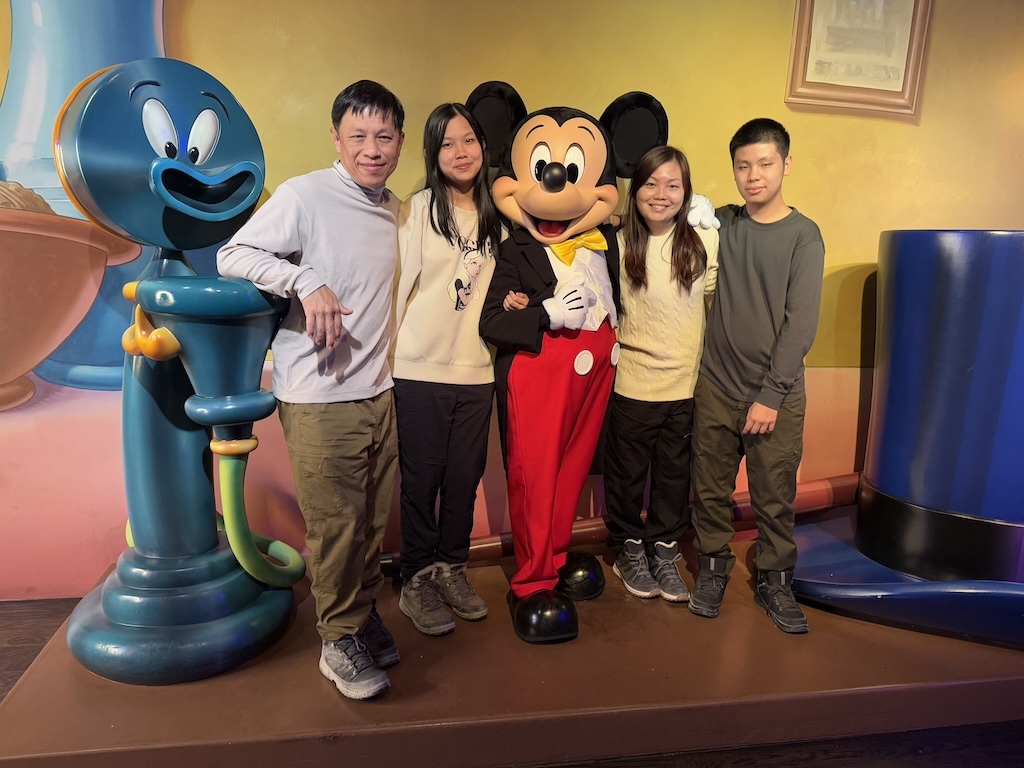
When her son Emmanuel was 18 months old, Janice Tay noticed that his development was slower compared to his older sister at the same age. “I instinctively knew something wasn’t quite right,” the 45-year-old founder and clinical director of Bridging The Gap shares. But getting the kind of help she wanted for Emmanuel was difficult as “existing early intervention options didn’t provide a holistic, multidisciplinary approach.” So Janice created her own, building “a place where children can receive comprehensive support beyond traditional therapy, combining education, play-based learning, and parental guidance.”
“My goal was to bridge the gaps that I experienced firsthand as a parent and ensure that other families didn’t have to struggle the same way I did,” she shares.
“I’ve realised that every child has potential, and with the right support, they can thrive in their own way. I’ve also learnt that advocacy is powerful. When you fight for something bigger than yourself, you find strength you never knew you had.”
In 2017, Bridging The Gap was born. The centre has two locations — one at City Square Mall, and one at Buona Vista, and currently supports 160 children. Janice’s husband Max Lee, 51, is the director of business development. Their daughter Isabelle, 18, assists the centre’s speech therapists while waiting to enrol into a Speech Pathology program at university. Janice shares her journey below.
(See also: UNDERSTANDING ADHD KIDS: DISPELLING MISCONCEPTIONS WITH THE FACTS)
Pregnancy Complications and a Premature Birth
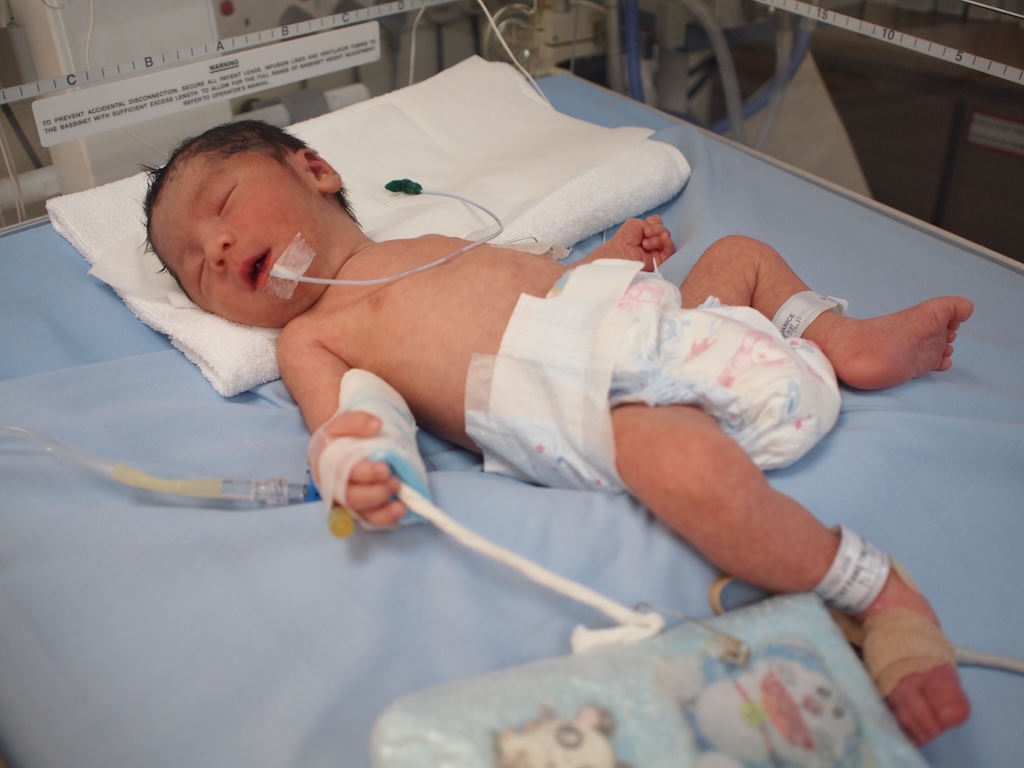
My pregnancy with Emmanuel came with complications. I had premature contractions at 30 weeks and was hospitalised until his birth at 32 weeks. Emmanuel had medical challenges which made his early years incredibly difficult. These medical conditions meant countless hospital visits, sleepless nights, and immense worry.
Seeing my baby struggle to breathe, eat, and grow was heartbreaking. Every hospital stay, every procedure, and every moment of uncertainty took a toll, but they also strengthened my resolve to fight for him and ensure he had the best possible care.
Concerns over Emmanuel’s Development
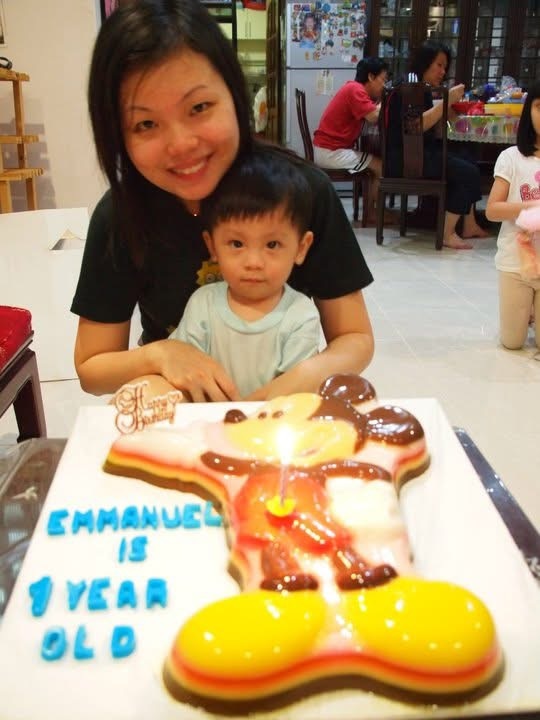
In 2011, when Emmanuel was 18 months old, I noticed his development was slower compared to my older daughter. My initial reaction was a mix of concern and denial. I kept hoping that he just needed more time to catch up. However, as the signs became more apparent, worry began to set in.
- Delayed motor skills: Emmanuel only started walking at 18 months. His movements were unsteady, and he struggled with balance and coordination.
- Limited speech: While toddlers his age were forming words, Emmanuel made very few sounds and had no clear speech.
- Fine motor challenges: Simple tasks like grasping objects, using utensils, or manipulating small toys were difficult for him.
- Feeding difficulties: Due to Gastroesophageal Reflux Disease (GERD), feeding was always a struggle. He was fussy with food, and had difficulty chewing and swallowing.
- Social and communication differences: Although he maintained eye contact, he had trouble engaging socially. He rarely used gestures like pointing or waving and found it difficult to participate in back-and-forth interactions.
- Sensory sensitivities and repetitive behaviours: He was sensitive to certain textures and sounds. Additionally, he displayed repetitive behaviours, such as lining up objects or playing with the same toys in a particular way.
As time passed, it became increasingly evident that his challenges extended beyond typical developmental delays. This prompted me to seek further evaluation and support.
Seeking Answers
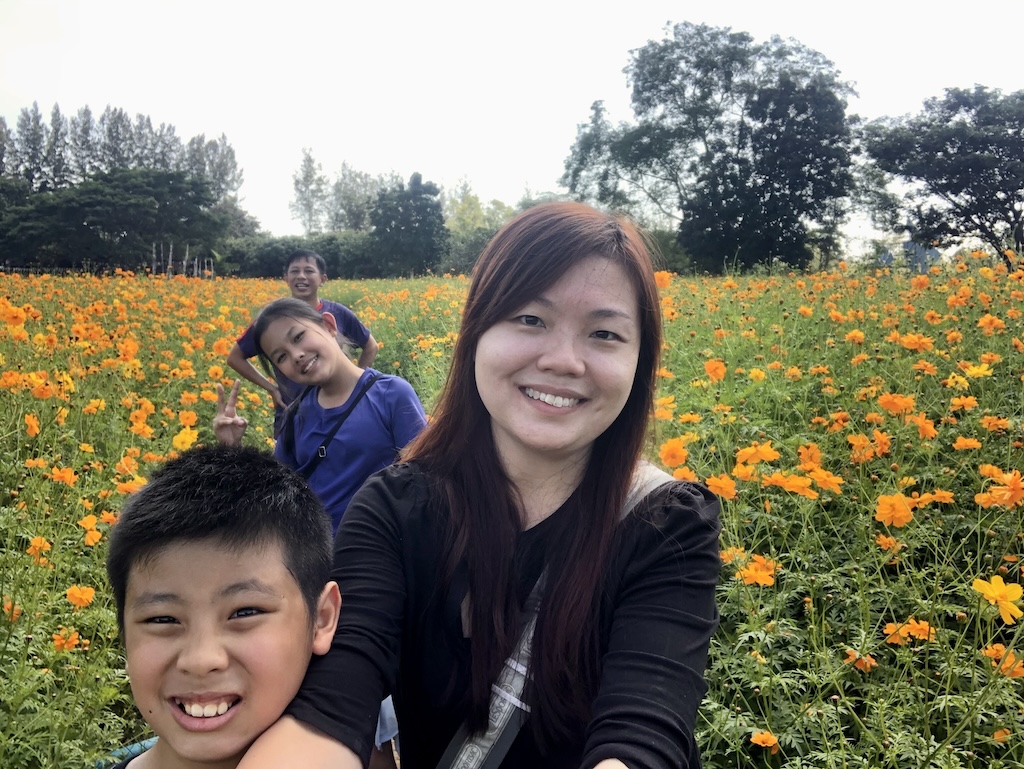
The first thing I did was seek answers. I started researching developmental milestones, speaking to professionals, and consulting doctors to better understand what might be happening. It was an overwhelming and emotional journey, but I knew I had to take action to ensure Emmanuel received the support he needed.
My husband and family had mixed reactions when we first realised Emmanuel was facing developmental challenges. Like me, my husband initially hoped that Emmanuel just needed more time to catch up. He was supportive but also struggled with the uncertainty of what lay ahead.
When Emmanuel was younger, I naively thought that putting him in a preschool would help him learn to fend for himself and encourage him to talk. I believed that by immersing him in a school environment, he would naturally pick up communication skills. However, reality turned out to be very different.
Searching for the Right Support
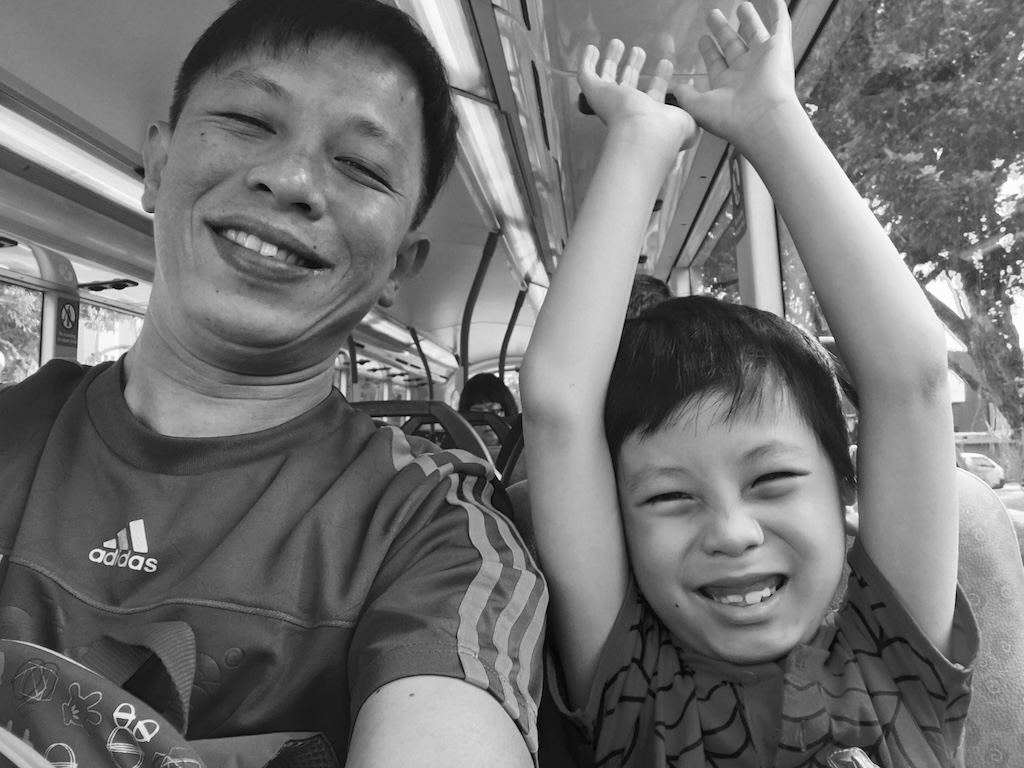
When I first brought him to the paediatrician (PD), my concerns were dismissed because he had relatively good eye contact. The PD reassured me that Emmanuel just needed more time, especially since he was born prematurely.
Eventually, a PD from KKH’s Department of Child Development (DCD) diagnosed him with Global Developmental Delay (GDD). This marked the start of Emmanuel’s therapy journey. Further assessments led to additional diagnoses: Apraxia, and Dyspraxia.
At five, Emmanuel underwent an ADOS (Autism Diagnostic Observation Schedule) assessment. However he did not meet the criteria for Autism Spectrum Disorder (ASD). Instead, he was diagnosed with Language Disorder and Social Communication Disorder.
Despite these diagnoses, I felt there was still more to uncover. I wanted to fully understand his challenges so I could better support him. He was also diagnosed with ADHD and Dyslexia when he was eight years old.
Making the Career Switch
The existing early intervention options didn’t provide a holistic, multidisciplinary approach, and I knew other parents were facing the same challenges. I wanted to create a space where children could receive comprehensive support beyond traditional therapy, combining education, play-based learning, and parental guidance.
I was working as a financial advisor then. While I strongly desired to make the switch, I had to carefully consider various factors. As a family, we had to make significant adjustments to our lifestyle and spending. Since my husband became the sole breadwinner, we had to cut back on material purchases, dining out, and overseas holidays.
We even had to downgrade our car and housing. Budgeting was essential. We had to make tough choices as Emmanuel’s therapy and support needs were the priority.
One of the hardest personal sacrifices was the time and attention I had to divert toward Emmanuel. This sometimes meant less time for my daughter Isabelle. While she was an easy-going and understanding child, I couldn’t shake the guilt of making her grow faster than she should have.
There were times when she wanted to take part in enrichment classes with her classmates, but we simply couldn’t afford it. I remember her asking me to enrol her, and it broke my heart to say no because it was beyond our budget.
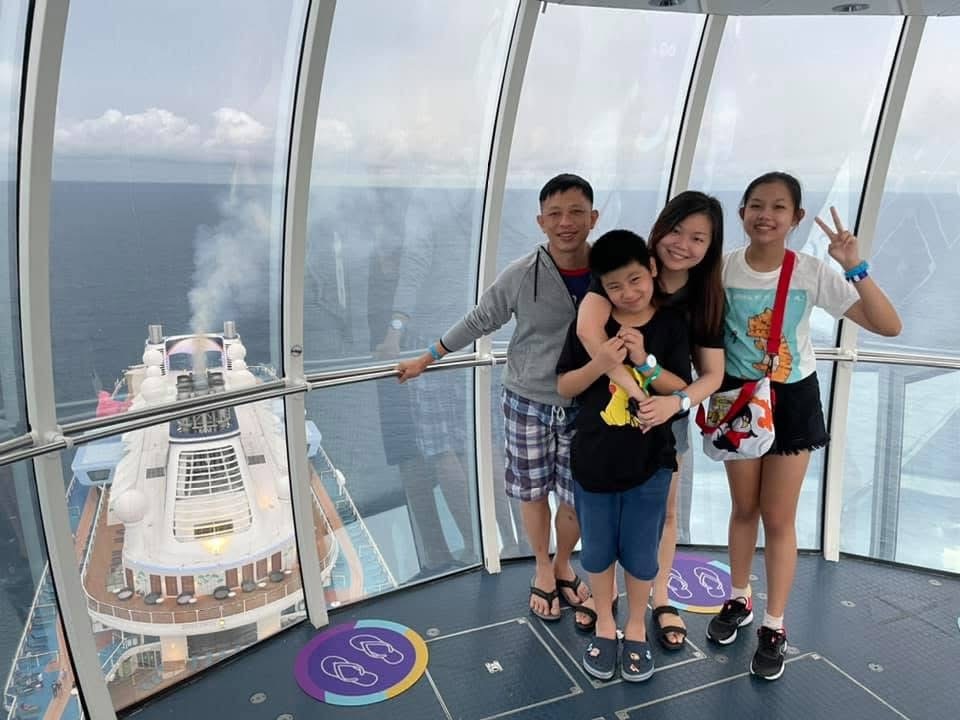
Difficulties along the Way
Finding the right intervention program was a challenge. Long waiting lists, limited support, and the lack of a comprehensive approach made it difficult to get Emmanuel the help he needed.
When I first sought professional help for Emmanuel, we went to KKH’s Department of Child Development (DCD) for an assessment. However, the waiting time was six months, which felt like an eternity when I knew my child needed help as soon as possible.
Once we finally got an appointment, Emmanuel was able to receive monthly Speech Therapy (St) and Occupational Therapy (OT) at KKH. However, even the doctor at KKH advised me to seek private therapy if I could afford it, as the limited frequency of sessions was not enough to make a significant impact on his progress.
We also queued for the Early Intervention Programme for Infants and Children (EIPIC), hoping to get additional support for Emmanuel. Unfortunately, due to long waitlists, he never got a chance to attend.
Preschool Struggles
In preschool, Emmanuel struggled immensely. Since he couldn’t express himself clearly, he experienced frequent meltdowns out of frustration. His peers would laugh at him for being unable to talk properly. He was very socially aware, and this constant rejection caused his confidence to plummet. Instead of adapting, he became withdrawn and isolated.
Seeing how much he was struggling, I decided to withdraw him from preschool and focus on intensive therapy to help him build his communication and coping skills before transitioning back to a school setting.
As he approached Primary 1, he underwent an Autism Spectrum Disorder (ASD) diagnostic assessment and an IQ test. Although he did not meet the criteria for ASD, his IQ score was 120, meaning he was deemed suitable for mainstream education.
Despite being considered ready on paper, I strongly felt that he was not prepared for Primary 1 due to his speech delays and social challenges. I debated with the doctor at KKH to allow him to defer school for a year, and after much discussion, I finally got approval. Emmanuel spent that extra year in an intensive early intervention program and preschool, helping him build the necessary skills to cope better in a mainstream school environment.
(See also: 8 USEFUL LESSONS (FOR PARENTS) WITH PRIMARY 1 KIDS)
Humiliation and Bullying in Primary School
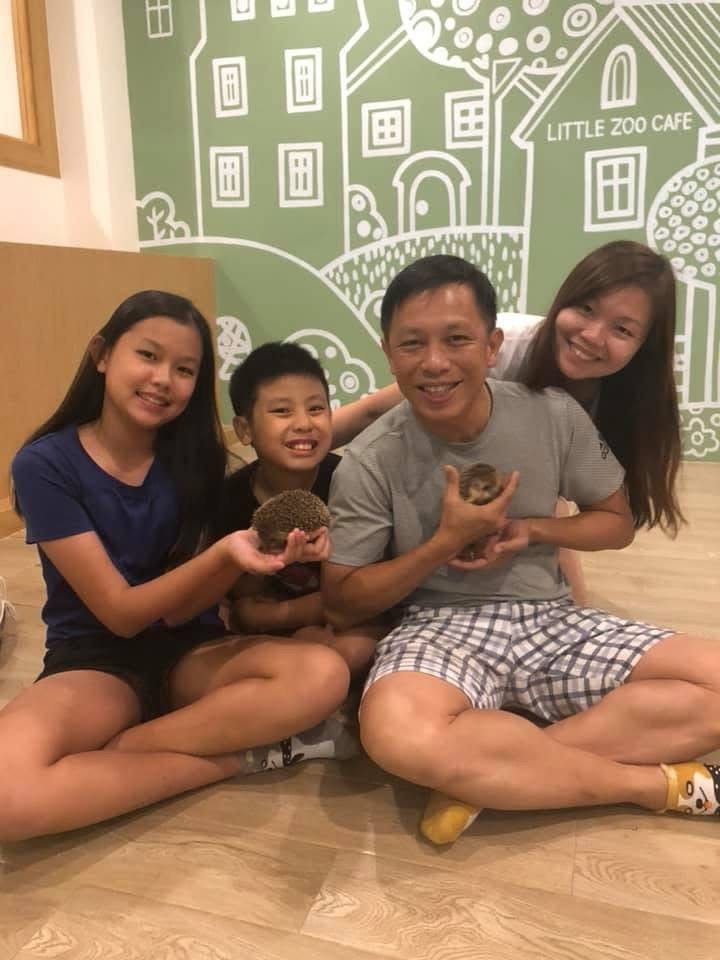
But when he eventually entered mainstream primary school, Emmanuel faced significant challenges, both academically and socially:
- Exclusion during recess: His apraxia made his speech unclear, and his dyspraxia affected his coordination, making it hard for him to play sports. Because of this, he was often excluded from playtime during recess. He would sit alone while his peers played.
- Difficulties with spelling and academics: Due to dyslexia, he struggled with spelling tests and often scored zero or very low marks. His classmates teased him for this, making him feel even more self-conscious.
- Public humiliation by a teacher: His form teacher once announced his low test scores in front of the class, which devastated him. It crushed his self-esteem and made him withdraw further.
The ongoing social rejection, academic struggles, and exclusion took a toll on Emmanuel’s mental and emotional well-being. He began experiencing school refusal, frequently crying and refusing to attend classes. At night, he struggled to sleep and suffered from night terrors.
Eventually, he was diagnosed with anxiety disorder and started seeing a psychologist, psychiatrist, and counsellor to help him manage his emotional distress.
Watching Emmanuel go through all of this was heartbreaking. No child should have to endure the pain of being left out, laughed at, or publicly humiliated.
His struggles reinforced my belief that more needs to be done to support children with other needs in mainstream schools — not just in terms of academic accommodations, but also in creating a more inclusive and understanding environment where they feel safe, accepted, and valued.
Finding Light in the Dark

One of my darkest days was when I fully realised the extent of Emmanuel’s challenges and the long road ahead for him. The weight of uncertainty, fear, and self-doubt felt overwhelming. The fear of the unknown was paralysing, and I remember breaking down, feeling helpless. I questioned whether I was doing enough as a mother, whether I had the strength to support him, and how our family would navigate this journey.
What helped me through it was my faith, my family’s support, and the love I had for Emmanuel. Attending Bible study courses gave me clarity and strength, reminding me that I wasn’t walking this journey alone. At the time, there was low public awareness and understanding of different functional needs. Many people didn’t fully grasp Emmanuel’s challenges or the struggles we faced at home, which made our experience in church difficult.
The well-meaning but cliché advice from others didn’t help. I was met with negative feedback about Emmanuel’s behaviour — how he couldn’t follow the group, was too self-directed, or struggled to participate in activities.
Over time, I started to feel like we weren’t truly welcome. Each time I heard comments about how he wasn’t “cooperating” or how his differences were disruptive, it felt like a form of rejection — not just for him, but for me as his mother.
It became emotionally exhausting to constantly explain his condition and advocate for understanding. Instead of church being a place of acceptance, it started to feel like another space where we didn’t fit in. So, I left.
Although I distanced myself for a while, I later found renewed faith and purpose through a series of Biblical study courses. I learned to forgive, extend grace, and see beyond rejection. It also strengthened my resolution to advocate for more inclusion within church communities so that other families wouldn’t have to go through the same struggles we did.
Bridging the Gap for Children with Different Needs in Singapore

In the beginning, I spent a lot of time reassuring myself that Emmanuel just needed more time to catch up. Looking back, I realise that the earlier I had taken action, the sooner he could have received the support he needed. I also would have educated myself more on developmental challenges from the start, rather than allowing fear and uncertainty to delay the process.
Since I first started Bridging the Gap, the landscape for individuals with these needs in Singapore has transformed considerably.
One of the most notable changes has been the integration of technology in therapy and education, such as Augmentative and Alternative Communication (AAC) devices which help non-verbal children to express themselves using symbols or text, and interactive projectors that encourage movement based learning. However, there are still gaps, particularly when it comes to accessibility and affordability. Many of these technological tools are expensive, making it difficult for all families to afford them.
Moving forward for Bridging the Gap, I want to continue expanding our impact and reach by integrating more technology-driven solutions, strengthening parent education programs, and advocating for system-wide improvements in early intervention support. My goal is to make high-quality intervention more accessible and effective for every child who needs it.
Bridging the Gap for Emmanuel
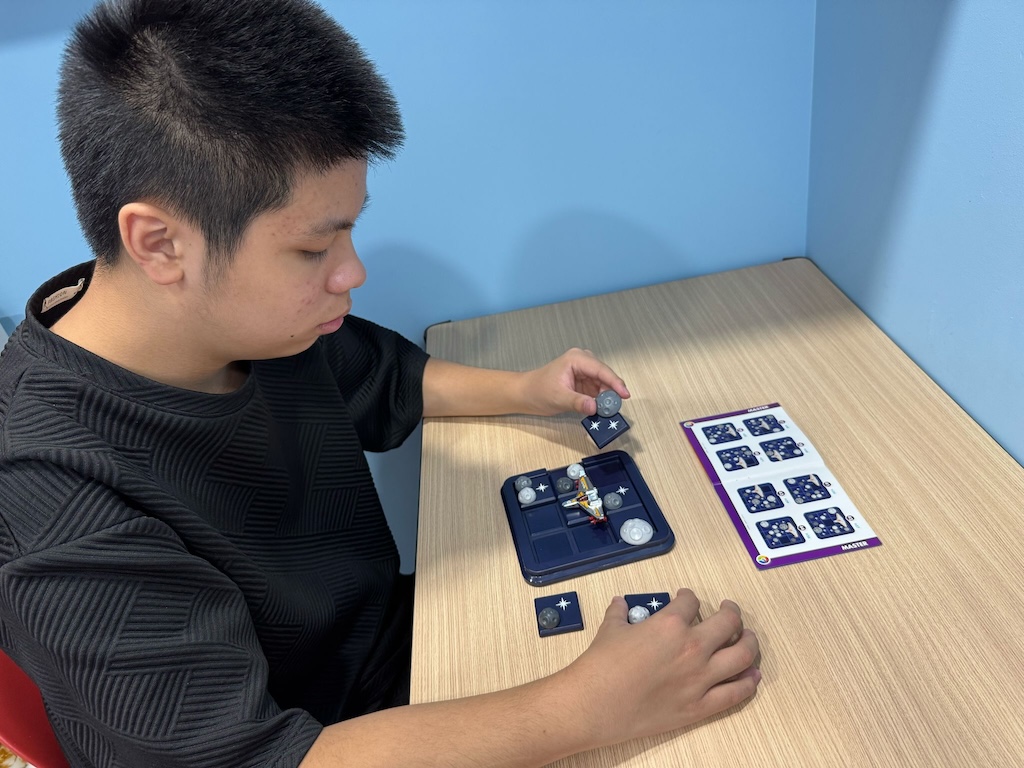
Emmanuel is now 15, and we homeschool him fully. He receives a blend of specialised tutoring and parent-led learning to support his development. As parents, we focus on equipping him with essential life skills such as navigating public transport independently, completing household chores, preparing simple meals, and practicing social interactions in real-world settings.
Science is his favourite subject! He has a natural curiosity for how things work and enjoys exploring topics related to experiments, nature, and technology. He is deeply passionate about learning new things, especially in areas that involve logic, problem-solving, and discovery.
In addition, to help him apply what he learns in therapy, we intentionally create social opportunities by organising interactions with family friends’ children and encouraging participation in church communities. These experiences provide a supportive environment for him to practice social interactions, build friendships, and strengthen his communication skills.
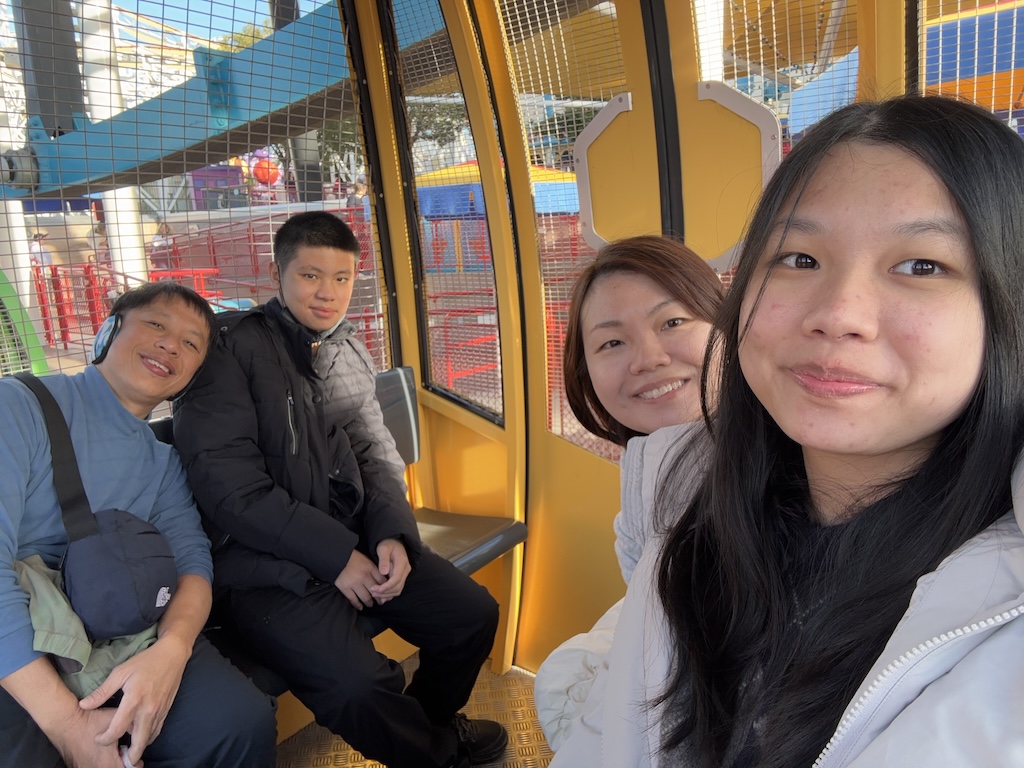
We are working towards Emmanuel completing his O-Level certification as a private candidate. While academic qualifications are important, my ultimate goal is for him to be independent and able to earn a living doing something he enjoys.
I have no expectations for him to follow a traditional career path. I would be just as happy if he became a plumber as long as he can support himself and live independently. What matters most is that he finds purpose, stability, and fulfilment in what he does.
Emmanuel is a simple and easily contented boy. He loves food. No matter what he eats, he always enjoys it as if it’s the most delicious meal ever. His happiness comes from the little things, and he has a way of finding joy in everyday moments.
He is also a sweet and thoughtful child who loves me deeply. He is very aware of my needs and always tries his best to take care of me or help out whenever he can. His kindness and attentiveness make him special, and I feel incredibly proud to have him in my life.”
All images: Janice Tay
#MothersOfSingapore
All content from this article, including images, cannot be reproduced without credits or written permission from SingaporeMotherhood.
Follow us on Facebook, Instagram, and Telegram for the latest article and promotion updates.





